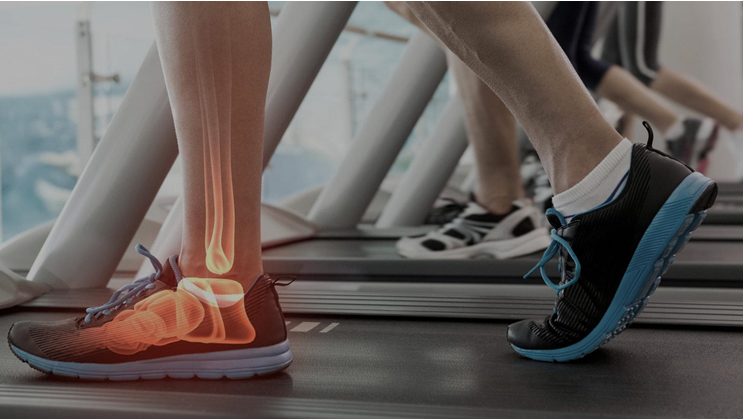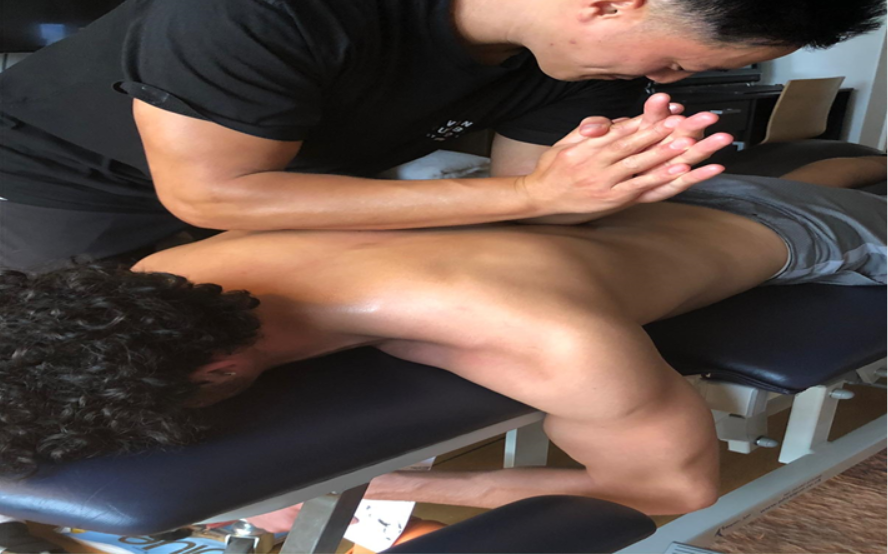
Back pain is more common than you think. In fact, statistics from the American Chiropractic Association show that back pain is a leading cause of disability worldwide, and most of these cases are due to bad posture rather than natural causes like fractures. Other effects of bad posture include more musculoskeletal-type injuries and pain in the neck and shoulders. On top of this, circulation, digestion, and even lung function may also be impaired.
Fortunately, avoiding and combating these effects is simple: improve your posture. Wondering how to get started? Here are some tips.
Ensure your workspace is ergonomic
Not having the proper chair and table, especially if you’re at your desk all day, means you’re more prone to posture problems. HR News reports that one-third of UK office workers suffer from backache due to their work environment, while another 13% complained of neck pain. Luckily, Pain Free Working explains that ergonomic chairs can help improve postural disorders and misalignment of the spine. These chairs have adjustable components, such as seat height, backrest, and armrest to help you maintain proper posture for long periods of time. However, remaining seated for hours at a time can still take a toll on your body. To address this, The Independent suggests standing desks that can prevent you from being inactive for too long.
Avoid slouching
Even when you’re not at your work desk using an ergonomic chair, it's important to try not to slouch. It may feel tiring to keep your back straight all the time — but that’s only because your body isn't used to it yet. Slouching adds stress to your spine, and also strains other bones, muscles, and joints that are directly connected to the spine. Aside from that, slouching also squishes your internal organs, leading to digestive and even respiratory problems. In the article The Magnitude of a Good Posture: The New Rules of Posture, it is said that good posture aligns body parts to keep the spine in line. This correct alignment of body parts reduces wear and tear on joint surfaces, which can otherwise lead to arthritis and joint pain.
Start a regular yoga or pilates routine
Yoga gently stretches your muscles, helping you become more flexible. It’s also good for building muscle strength and relieving back pain. A workout similar to yoga is pilates, which is also low-intensity, low-impact, and helps you build muscle strength. Professor Greg Whyte, an authority on sports science, differentiates the two — saying yoga is generally more about flexibility, while pilates is more about strength. Another difference is that yoga is connected to spiritual pursuits, while pilates has origins in physical healing and rehabilitation. Regardless of what you choose, you’d be glad to know you can do both yoga and pilates for stress relief and good exercise.
Mind how you sleep
It’s hard to remember how to sleep when you’re already in bed, but it’s still worth keeping in mind that the way you sleep can greatly affect your posture when you wake up. Consider sleeping in a loose fetal position, since it’s great for back pain. Sleeping in a tight fetal position, however, can limit your breathing and leave you sore when you wake up. Meanwhile, sleeping on the side with a pillow between your legs also helps avoid back pain and aligns your hips. All in all, laying on your back has the most benefits — helping to protect your spine and relieving hip and knee pain.
Correcting your posture may feel uncomfortable at the start, especially if you’re not used to it, but it’s worth it in order to improve your overall health.
Written by Mary Kramer for mysportsinjury.co.uk





